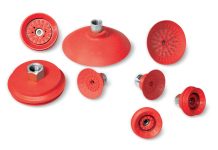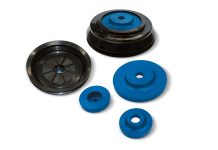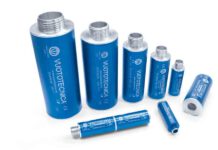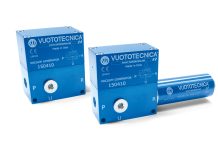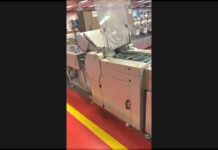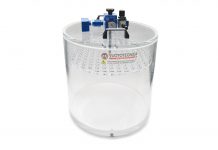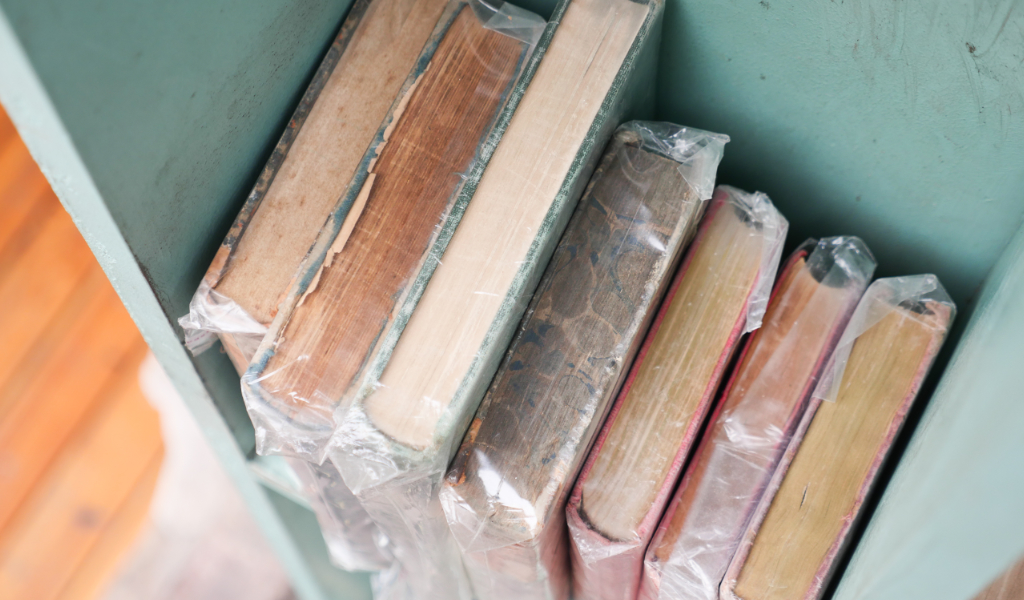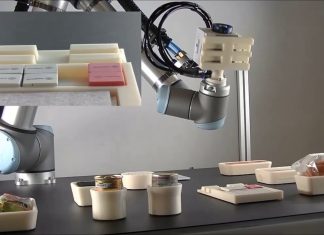Our artistic heritage is a precious legacy of human history and creativity, but time, humidity and other factors can jeopardize its conservation. For this reason, restoration is essential to preserve paintings and works of art for future generations.
One of the most innovative restoration techniques used today is vacuum packing. This method allows damaged canvases to be consolidated without stressing the original materials, by applying uniform and controlled pressure. In this way, surfaces can be reinforced, paint detachment can be prevented and fragile works can be stabilized without invasive interventions.
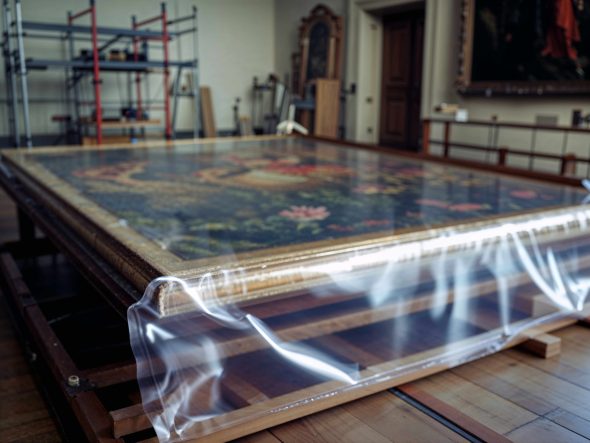
One of the areas in which vacuum packing is particularly effective is in reinforcing the edges of canvases, which tend to sag over time. Thanks to support strips applied with special adhesives and light vacuum pressure, the painting regains stability in a delicate and safe way.
But also for the long-term conservation of works, the creation of a ‘vacuum chamber’ allows the removal of oxygen and humidity, which are two of the main factors in the deterioration of materials such as paper, leather, wood, metal and fabrics. The reduction of oxygen slows down chemical reactions that could damage the materials, while the removal of humidity prevents the growth of mold and bacteria.
In the case of temporary exhibitions or when transporting works of art, vacuum is also used to create special packaging, such as vacuum bags or films, to prevent dust, dirt or atmospheric agents from damaging the objects.
Vacuum is also used to preserve books, parchments and ancient documents. To prevent deterioration of the text and paper, some conservators use vacuum chambers to reduce the risk of attack by insects or micro-organisms and to maintain a stable microclimate.
To explore the industrial applications of vacuum: www.vuototecnica.net.

















